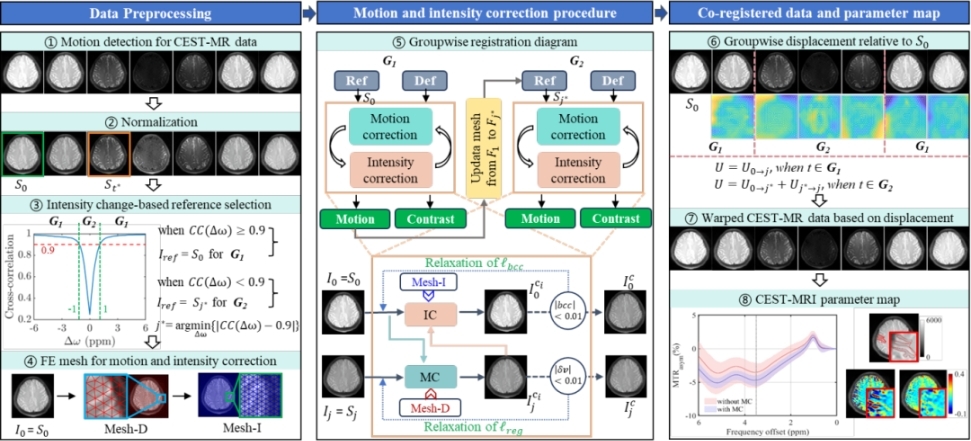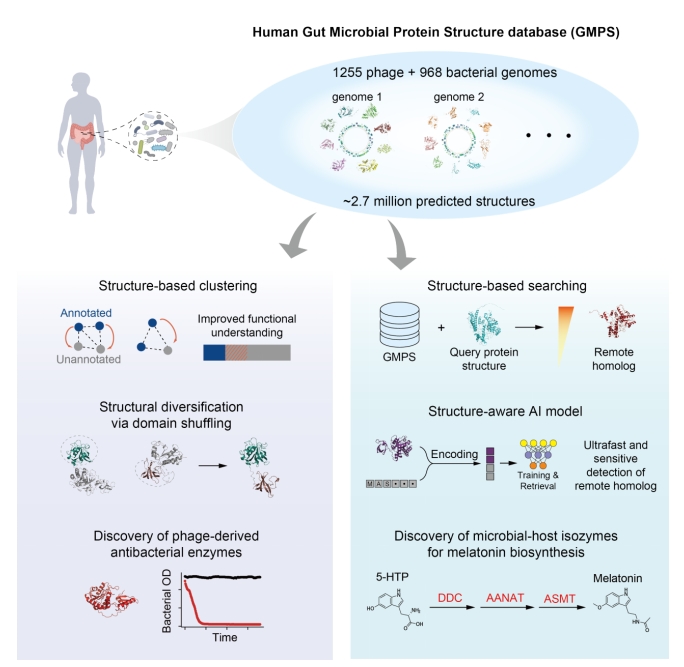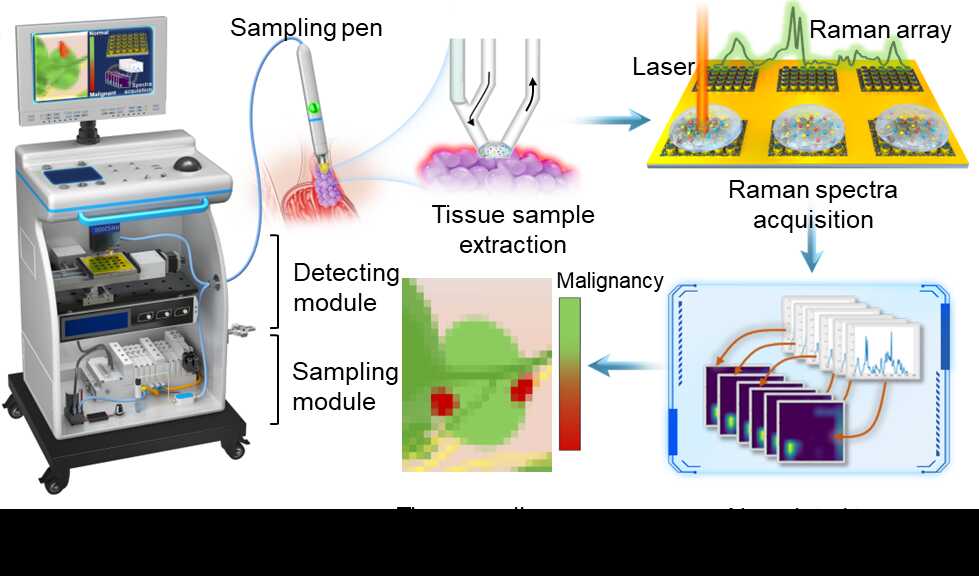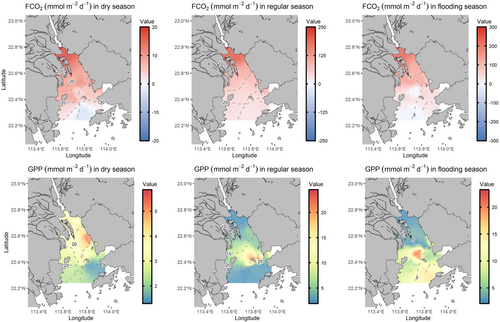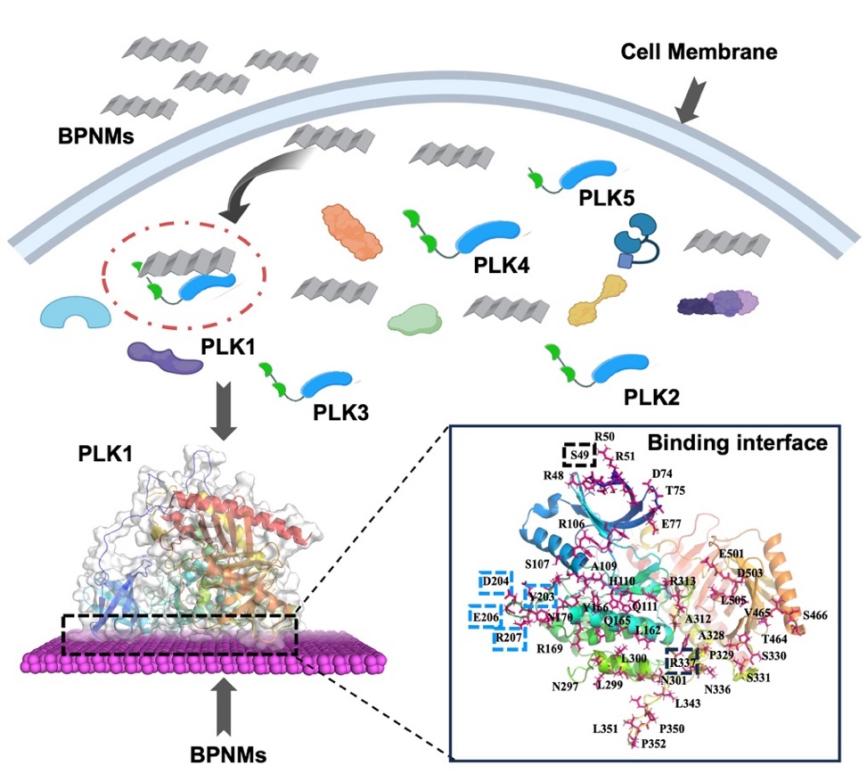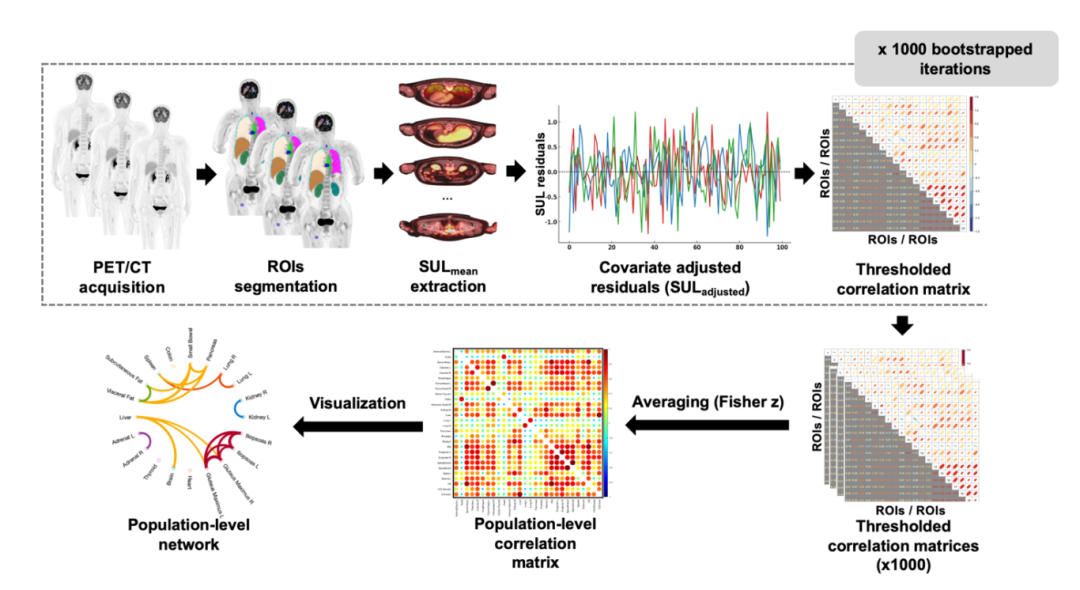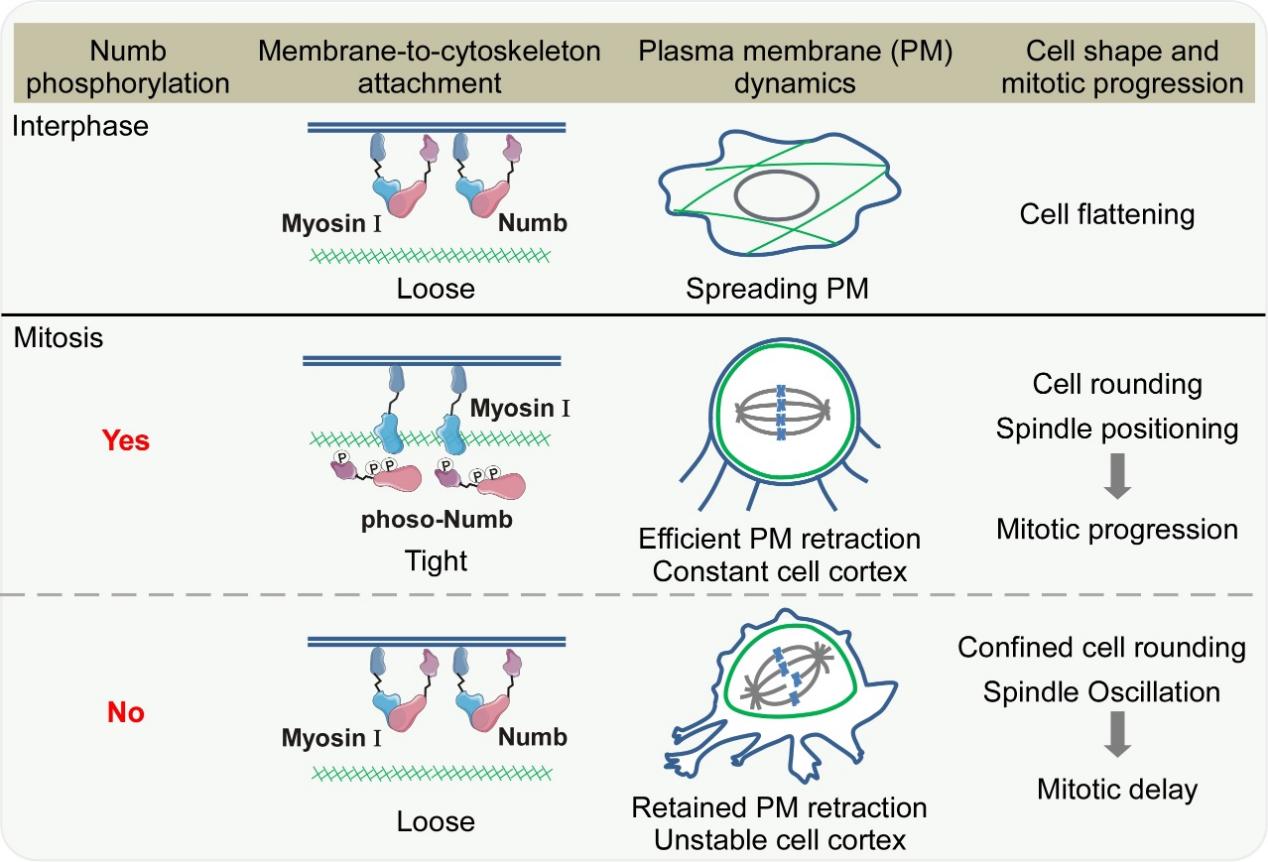
SIAT Research
-
Dec 05, 2025Global 10m Resolution PV Power Plant Dataset (2019-2025): A Breakthrough via ANDPI and Multi-Source Data FusionThe study developed a 10-meter resolution global dataset of centralized photovoltaic (PV) power plants. As one of the most promising renewable energy technologies worldwide, photovoltaic (PV) power plays a pivotal role in achieving carbon neutrality, and accurately locating PV power plants and tracki...
-
Dec 03, 2025CEST-MRI Study Develops Joint Motion–Intensity Correction Framework for Enhanced Quantitative ImagingThe study developed the motion–intensity joint correction framework specifically tailored to CEST-MRI. Chemical Exchange Saturation Transfer (CEST) MRI is a molecular imaging approach that can sensitively probe tissue metabolism and microenvironment through frequency-selective saturation and exchang...
-
Nov 28, 2025Exploring Functional Insights into the Human Gut Microbiome via the Structural ProteomeThis study established a structural proteome database and structure-based retrieval framework for the human gut microbiome, significantly improving the ability to predict functional "dark matter" s... Despite rapid advances in microbiome research, a large proportion of proteins encoded by the human gut microbiome remain functionally uncharacterized. Sequence-based methods often fail to annotate ...
-
Nov 20, 2025New Intraoperative SERS Navigation System Enables Real-Time Malignancy Grading of Prostate TumorsResearch team has developed a label-free intraoperative navigation system based on surface-enhanced Raman scattering (SERS) that enables real-time, in situ grading of prostate tumor malignancy by s... Precise identification of tumor boundaries during radical prostatectomy remains a major clinical challenge, with positive surgical margins occurring in 15–40% of prostate cancer cases, significant...
-
Nov 20, 2025Scientists Reveals "Source-Sink" Mechanisms and Ecological Drivers of Carbon Sequestration in the Greater Bay AreaA "scientific diagnosis report" on the estuarine carbon cycle. The coastal ecosystems of the Guangdong-Hong Kong-Macao Greater Bay Area (GBA) faces pressure from high-intensity anthropogenic activities, making the high-resolution scientific assessment of its c...
-
Nov 17, 2025Target binding of black phosphorus nanomaterial to polo-like kinase 1 for cancer chemotherapy: a mutual selection of nanomaterial and proteinThis work uncovered how black phosphorus nanomaterials (BPNMs) recognize and bind a key cell cycle regulator, polo like kinase 1 (PLK1). Understanding how nanomaterials interact with biological macromolecules is essential for advancing nanomedicine. Over the past two decades, the "protein corona" concept has guided research into nan...
-
Nov 17, 2025Whole-Body PET/CT Study Maps Inter-Organ Metabolic Networks Across the Glycemic SpectrumThis research uncovered how metabolic coordination among major organs shifts across normal glycemia, prediabetes, and diabetes. Diabetes is now understood to be a systemic metabolic disorder, involving disruptions across multiple organs rather than a single glycemic pathway. Yet, in clinical practice, metabolic health is st...
-
Nov 12, 2025Researchers Uncover the Mechanism of Plasma Membrane Remodeling that Drives Mitotic Cell RoundingResearchers uncovered a fundamental plasma membrane remodeling mechanism that governs the mitotic cell rounding. During cell division, adherent animal cells round up to create the precise spatial geometry required for accurate chromosome segregation, a process that depends on the coordinated remodeling of the...

